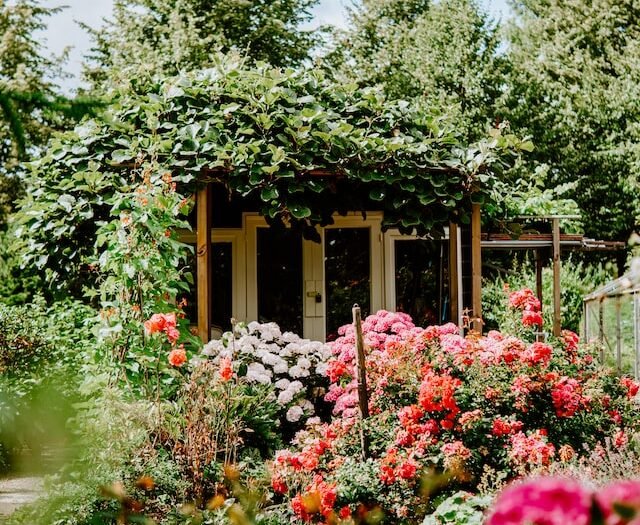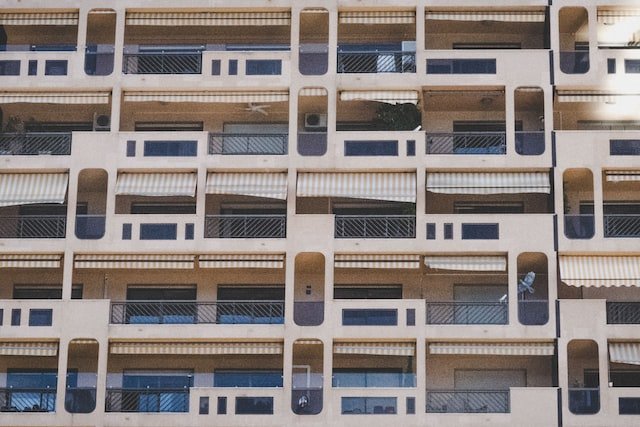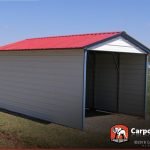A driveway awnings protects your car from harsh weather conditions such as rain, snow and ice, while adding beauty to your property in the process. If you’re thinking of adding one to your home or business, these benefits of driveway awnings may inspire you to do so
Awning drive away helps in providing shade and protection from the sun
An awning drive away is the perfect addition when on an adventure or outdoor tour. As it helps in providing shade and protection from rain or sun. There’re variety of colors, designs, and styles to choose from. The installation of awning drive away is simple. All you need are two people, basic tools and 30 minutes. You’ll be in the shade in no time! The awning drive away kit should be equipped with awning channel, double edged beaded tape, and the awning itself.
Awnings can be used to shelter your car from the elements
An awning drive away kit is an excellent addition to every car owner. They are affordable and easy to install. You can have your driveway awnings up and ready in just few minutes. It’s made to be lightweight, so it’s easy to transport, store, set up and take down. There are three different sizes available, which makes it perfect for any size car or truck you want to protect. One of the biggest benefits of installing a carport over your garage is that you don’t need to worry about cars going into the garage anymore because they’re protected from elements by the carport roof.
Awnings can provide privacy and security
An awning drive away is an excellent way to provide shade, cover and keep elements off your vehicle. For added safety, your car will be harder for potential thieves to spot. A driveway awnings also offers privacy from the neighbor’s view or from pedestrians that might wander on your property.
Awnings can be used to create a spacious outdoor living space
An awning drive away kit can help in creating an outdoor living space. Installing one can transform any driveway, patio or garage into an inviting outdoor living area.The step-by-step instructions in the kit make it easy for anyone to install an awning drive away on their property. With this type of kit, there’s no need for expensive custom installation or waiting days for delivery.
Easy to install and maintain awnings
An awning drive away is the perfect solution to protect your car or truck from rain, snow and sun. Not only are they easy to install, but they require little maintenance, so you can rest assured knowing that your vehicle will be protected for years to come. There are many other benefits to owning an awning drive away, including privacy and protection from flying objects while working in the garage.
















